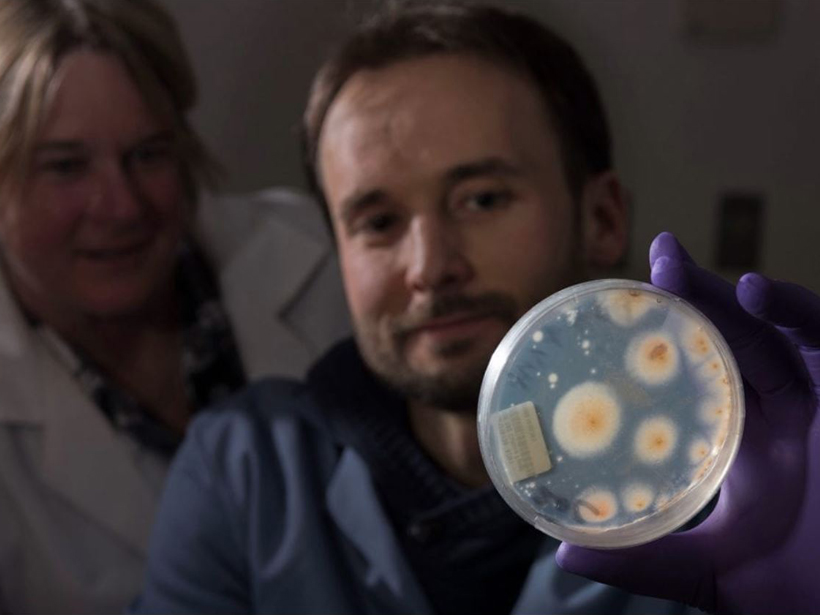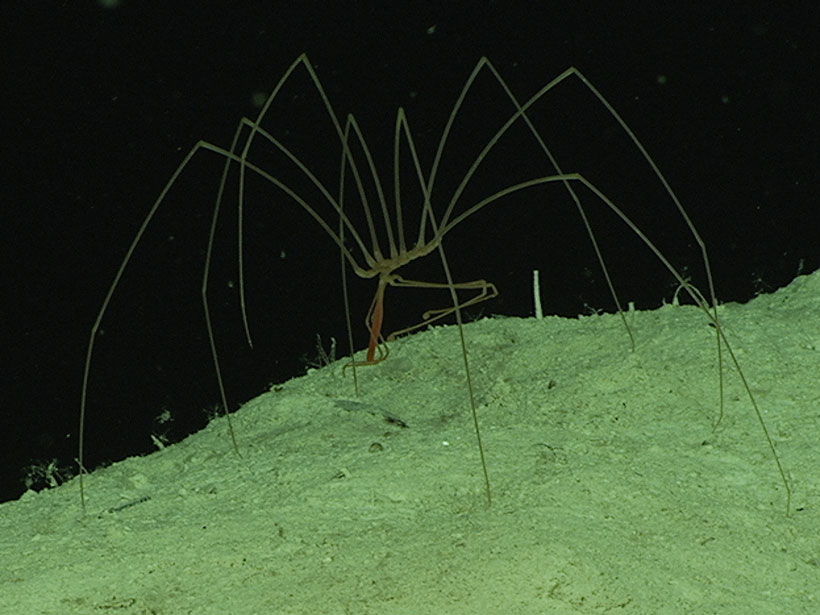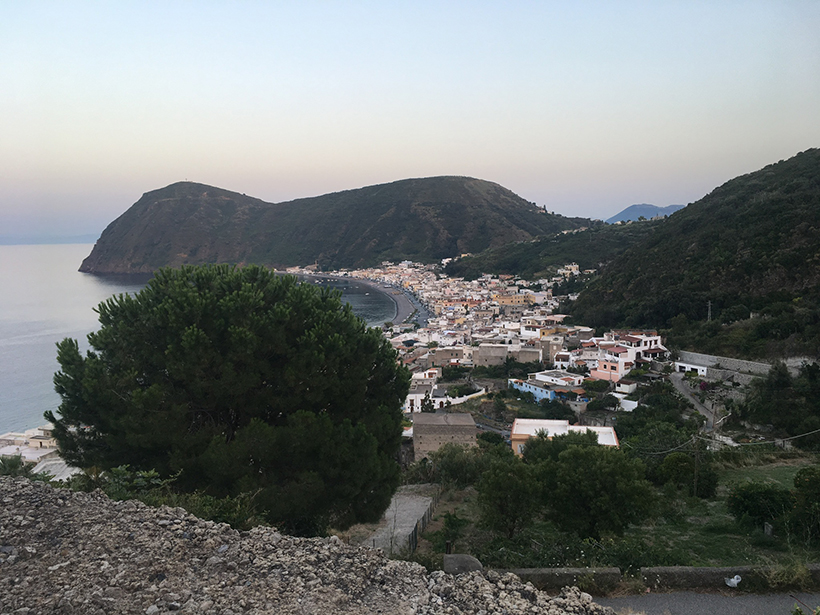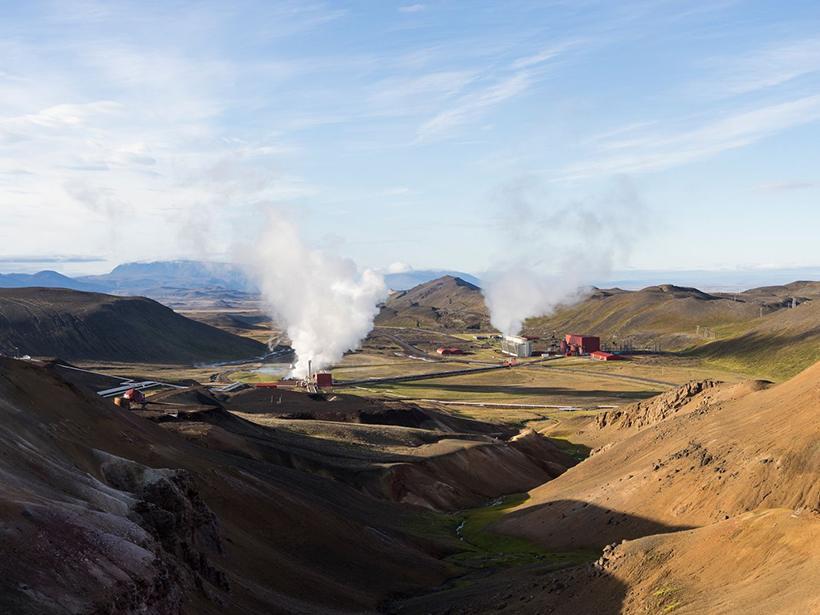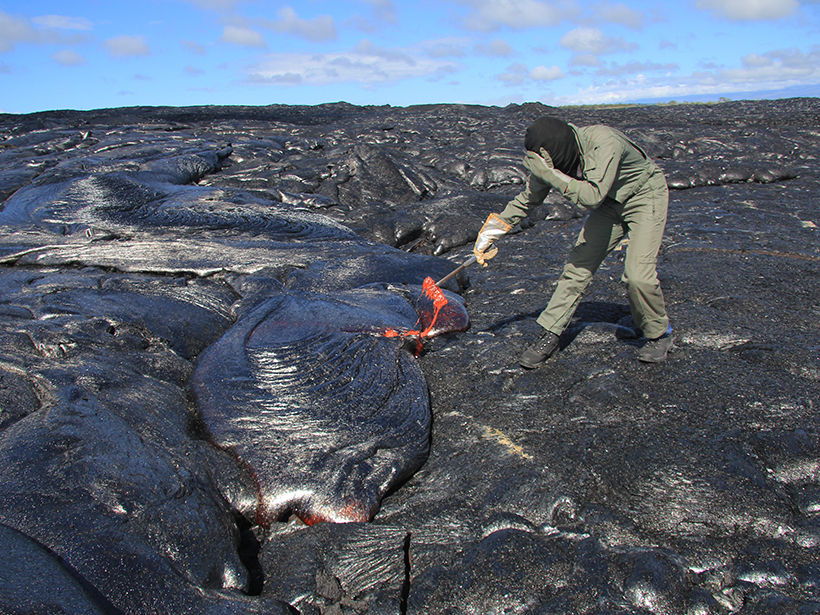“The lower ocean crust is one of the last frontiers of the exploration for life on Earth.”
hydrothermal systems
Gas Bubble Forensics Team Surveils the New Zealand Ocean
An international research group recorded the acoustic signatures of gas bubbles rising from a hydrothermal vent field to gather clues about greenhouse gases escaping into the atmosphere.
Extreme Life and Where to Find It
Life finds a way in the most extreme environments on Earth and sparks the imagination about far-off places where we may yet find it.
Seismic Sensors Probe Lipari’s Underground Plumbing
An international team of scientists installed a novel, dense network of 48 seismic sensors on the island of Lipari to investigate the active magma system underground.
Planning an International Magma Observatory
A planned project will drill into a magma reservoir in Iceland that has never erupted to the surface, giving scientists a fresh look at Earth’s underground “plumbing.”
Microbes Spotted in “Polyextreme” Hot Springs
Hot springs that are as acidic as battery acid are home to single-celled microorganisms that may indicate that life could have been sustained on ancient Mars.
In Search of Life Under the Seafloor
A multinational research team drilled into the seafloor to see whether chemical processes in exposed shallow mantle rocks could generate nutrients to support life in the subsurface.
Lava Clues Chronicled Kīlauea’s Unusual 2018 Eruption
Samples from Kīlauea volcano’s extraordinary eruption that began last May could offer important insights into the behavior of volcanoes and the underlying mantle.
Kīlauea Eruption Abruptly Slows Down
Volcanologists say it’s too soon to know whether the sudden drop in activity signals the end of the eruption or just a pause.
Two Active Volcanoes in Japan May Share a Magma Source
Evidence collected following the 2011 eruption of Japan’s Shinmoedake volcano suggests that the powerful event affected the behavior of an active caldera nearby.

